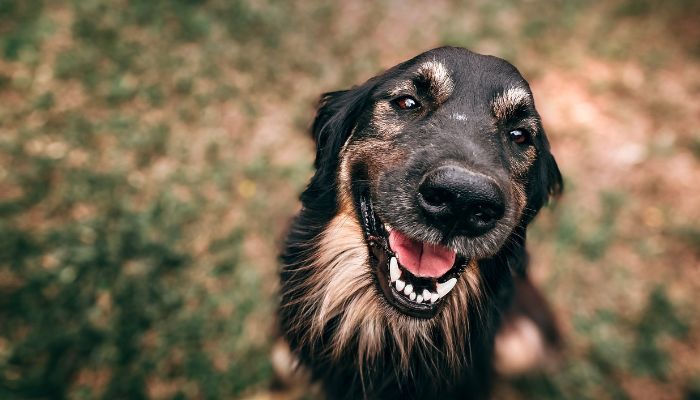Yes, dogs are mammals. All mammals have hair on their bodies and share certain internal features, such as a four-chambered heart. Dogs are related to foxes, jackals, and wolves, and are descended from the extinct Pleistocene wolf. They have a long history of living alongside humans.

Is a Dog a Mammal? If Yes Then what are the characteristics of mammals
Mammals are a class of endothermic vertebrates that are defined by the presence of mammary glands and hair (or fur). Other traits of mammals include sweat glands in their skin, alveoli in their lungs, a four-chambered heart, and a brain covering called the neocortex.
All mammals share five traits:
- Mammary glands
- Body hair (or fur)
- Sweat glands
- Alveoli in their lungs
- and a four-chambered heart.
Mammals also have advanced reproduction and parental care, behavioral flexibility, and endothermy (the physiological ability to maintain an internal body temperature). There are approximately 5,400 species of mammals.
Mammal reproduction
Mammalian reproduction is a diverse process, with most mammals giving birth to live young.
However, the five species of monotreme, the platypuses and the echidnas, lay eggs. Sexual maturity and age at which mammals can reproduce varies across species.
Marsupials have a unique reproductive system where the embryo is born at an immature stage and completes its development in a pouch on the mother’s abdomen. Placentals have a more advanced reproductive system where the embryo develops within the mother’s uterus and is nourished by a placenta.
For decades, biologists saw marsupial reproduction as more “primitive” than placentals, but recent research has challenged this view by suggesting that both methods of reproduction are equally ancient and evolved independently from each other.
Mammalian reproduction cycle
The reproductive cycle of mammals is a periodic process involving changes in the ovary and uterine endometrium of reproductively mature females.
This cycle, known as the estrous cycle, typically coincides with the female’s period of sexual receptivity. The estrous cycle is characterized by a series of hormonal interactions between the pituitary gland and the ovaries.
In higher primates, this cycle has evolved into the menstrual cycle, which differs from estrus in that when progesterone secretion from the corpus luteum ceases, in the absence of fertilization, menstruation occurs.
The reproductive cycles of mammals vary depending on species. For example, spermatozoa occur in seminiferous tubules from March to May and September to November in some species, while other species may have different cycles.
Additionally, some types of mammals are solitary except for brief periods when the female is in estrus, while others form social groups for reproductive or defensive purposes.
The mechanics of reproduction involve various processes such as conception, milk production by mammary glands triggered by conception, and fertilization. These processes are essential for successful reproduction in mammals.
Final Thoughts: Is a dog a mammal
Yes, dogs are mammals[2]. Dogs have all of the attributes that make them mammals, including fur and being warm-blooded[1][2]. All mammals share certain internal features, such as a four-chambered heart[2]. Dogs are closely related to other mammals such as foxes, jackals, and wolves[2].

